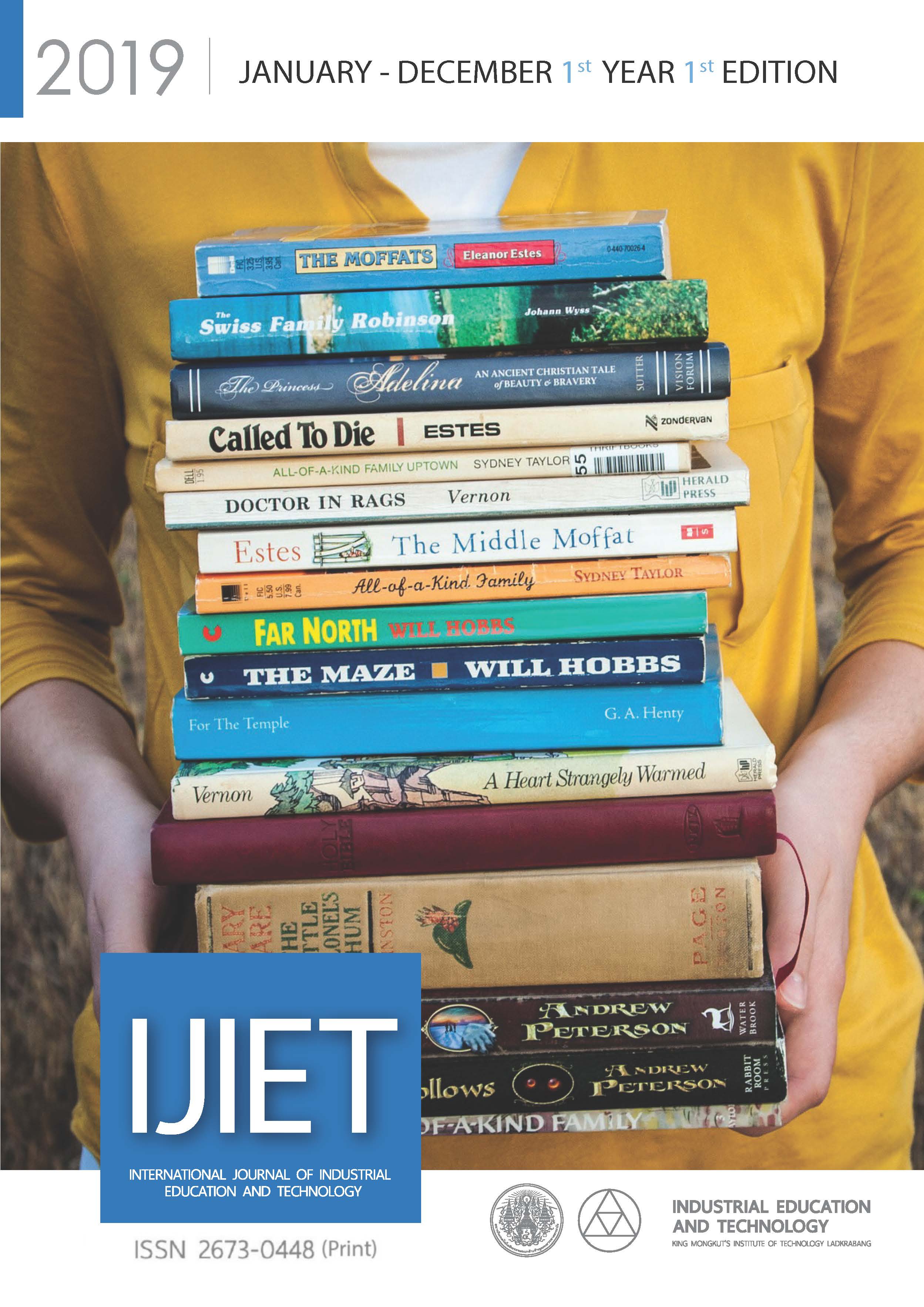The Enrollment Advantages of Meditation for Life Development Course: A Case Study of King Mongkut's Institute of Technology Ladkrabang Students
Keywords:
Meditation, Meditation for Life Development, Nonparametric statistics, Student, Phraprommongkolyan (Luangphor Viriyang Sirintharo)Abstract
This survey research aimed 1) to study the enrollment advantages of Meditation for Life Development course to the students, and 2) to compare the benefit levels of students after the enrollment of Meditation for Life Development with the criteria. The samples used in this research were 120 undergraduate students at King Mongkut's Institute of Technology Ladkrabang, the second semester in the academic year 2018, consisting of 120 students in a classroom selected by using cluster random sampling. The research instrument was a questionnaire about the enrollment advantages of Meditation for Life Development course that divided into 2 parts as follows: The first part was Check List which consists of 8 items with Index of Item-Objective Congruence (IOC) between 0.67-1.00 and the overall reliability of 0.74. The second part was the Narrative Form. The quantitative data were analyzed by using statistics; mean, standard deviation and hypothesis testing by Nonparametric statistics which was determined the statistical significance at the .05 level. The qualitative data were analyzed using content analysis and analytic induction.
The research results found that;
1) The students could get the enrollment advantages of the Meditation for Life Development course both each item and the overall were at a high level. In addition, the qualitative data analysis showed that the advantages of enrollment in this course that summarized in 3 aspects; 1) Meditation helps to develop their personality 2) Meditation helps to improve the mental powers, and 3) Meditation helps to develop their mindfulness and intellectual powers.
2) The advantages after finishing the Meditation for Life Development course were at a high level which was higher than the determined criteria with the statistical significance at the .05 level. (Z=9.519, p-value = < .001)
References
Suangmon Sittisaman. 2019. The suicide boy, due to the education system or family. Retrieved March 20, 2019, from https://www.dmh.go.th/news-dmh/view.asp?id=29580
Depression Research and Information Center, Phra Si Mahapho Hospital, Department of Mental Health. 2019. Report on access to services of depressive patients of fiscal year 2020, March 2019 (HDC database) (by calculated the population in 2018). Retrieved March 10, 2019, from http://www.thaidepression.com/www/report/main_report/
Strategy and Planning Division, Department of Mental Health, Ministry of Public Health. 2019. The number of suicide victims, classified by province, 2018. Retrieved March 25, 2019, from https://dmh.go.th/report/suicide/download/view.asp?id=172
School of General Education, KMITL. 2019. General Education Courses Version 59. Retrieved March 20, 2019, from www.http://gened.kmitl.ac.th/
Bawonsak Uwanno and others. 2019. Textbook of Meditation for Life Development course. Samut Prakan : Chanwanich Security Printing.
Punnee Leekitchwatana. 2015. Educational Research Methodology. 11th ed. Bangkok: Mean Service Supply.
Ong-art Naiyapatana. 2008. Quantitative and qualitative research methodologies in behavioral and social sciences. 3rd edition. Bangkok : Chulalongkorn University Printing House.
Sutthilak Sutthi. 2017. Meditation and the enhancement of willpower : an analysis of the meditation teaching method of Phradharmamongkolyana (luang phor viriyang sirindharo). Journal of Graduate Studies Review. 13(3), Special Issue, p. 101-112.
Suriyan Sattayakum. 2012. The effect of Buddhist meditation practice on the attentive behavior of mathayom suksa 3 students of Watpratumwanaram school in Bangkok. Master of Education Degree in Guidance and Counseling Psychology, Srinakharinwirot University.
Somboon Watana. 2015. Learning achievement of practice of Buddhist meditation course. Journal of Graduate Studies Valaya Alongkorn Rajabhat University. 9(3), p. 46-56.



